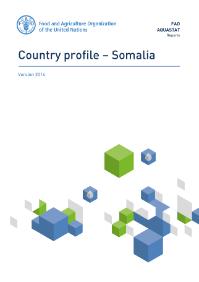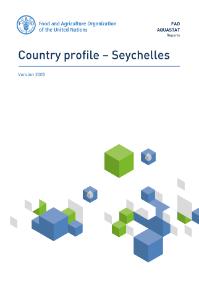Voluntary Guidelines for Securing Sustainable Small-Scale Fisheries in the Context of Food Security and Poverty Eradication. At a Glance
Small-scale fisheries play a key role in ensuring food security and eradicating poverty. However, the overall development of the fisheries sector, as well as increased pressure from other sectors (e.g. tourism, aquaculture, agriculture, energy, mining, industry, infrastructure developments) with often stronger political or economic influence, has contributed to a decline in aquatic resources and threats to aquatic habitats, ecosystems and small-scale fisheries community livelihoods.












